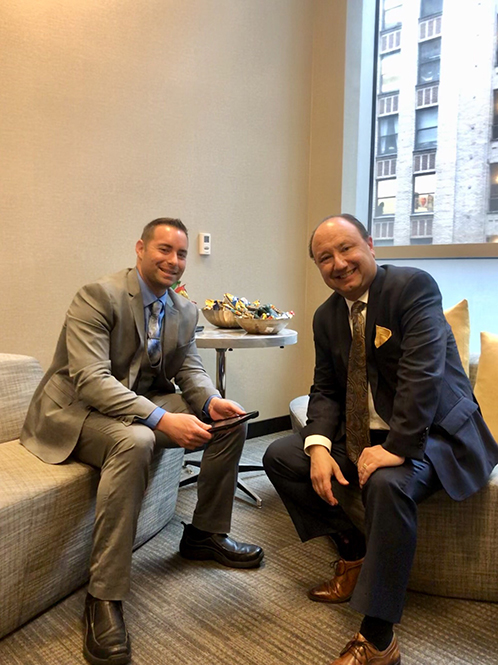“The only thing constant is change”
This quote from Greek philosopher Heraclitus may be more than 2,500 years old, but it still rings true today, especially when it comes to eye care and vision. For example, in treatment and diagnostics, the landscape is constantly evolving – and that’s a good thing!
In some cases, this evolution can create opportunities for collaboration between ophthalmologists, optometrists and opticians, which can provide avenues for the M.D.s and the O.D.s to prosper together.
At the Vision Expo East (VEE), held from March 22 to 24 in New York City, USA, Carl Zeiss Meditec (Jena, Germany) introduced new equipment designed to enable optometrists and ophthalmologists to work hand-in-hand like never before. Each launch is significant and represents the latest technology in diagnostics, helping the O.D. community to deliver the highest- level in diagnostics and patient care.
Updates in Glaucoma Management
It is a known fact that there are more people retiring than entering ophthalmology (including the glaucoma subspecialty), and as the population ages, the need for eye care will only increase. According to Mr. Angelo Rago, Global Head of Ophthalmic Diagnostics, Carl Zeiss Meditec, there needs to be a more effective way to manage patients with chronic disease, like glaucoma.
This is especially true for patients who live in rural regions and may lack access to specialist care.
The new two releases from ZEISS — for its Humphrey Field Analyzer 3 (HFA3) and CIRRUS platforms— may provide patients seeking care with more options and help fostering co-management between optometrists and ophthalmologists. Mr. Rago said he sees this as an opportunity for the treatment mode or work flow to change, and ZEISS wants to be a partner in that change.
“With HFA, the entire patient history can be taken to an ophthalmologist, and they can decide how they want to proceed with treatment,” said Mr. Rago. “The patient can be brought back to the optometrist to be managed over time — a co-management concept.”
The newly expanded CIRRUS OCT-HD also includes features valuable to co-management. “The first thing we added in the new version is the angiography OCTA montage, which allows optometrists to manage diabetics more effectively,” said Mr. Rago.
If current trends continue, more collaboration might be in the future for American ophthalmologists and optometrists. Recently, private equity firms have been purchasing existing practices, and in some cases consolidating them, in an effort to optimize the flow of patients, while reducing costs and increasing revenues. Opinions on this matter vary greatly within the industry, and, of course, there are pros and cons. Mr. Rago said that a significant shift is happening in the industry.
For optometrists, who may already feel the pinch from online, appointment-free access to glasses and contacts, adding value with additional services, like those featured in the ZEISS releases, and co-management of patients with ophthalmologists, might be the way forward.
Editor’s Note: Vision Expo East (VEE) 2019 was held in New York City, USA, from March 22 to 24, 2019. Reporting for this story also took place at VEE 2019.




